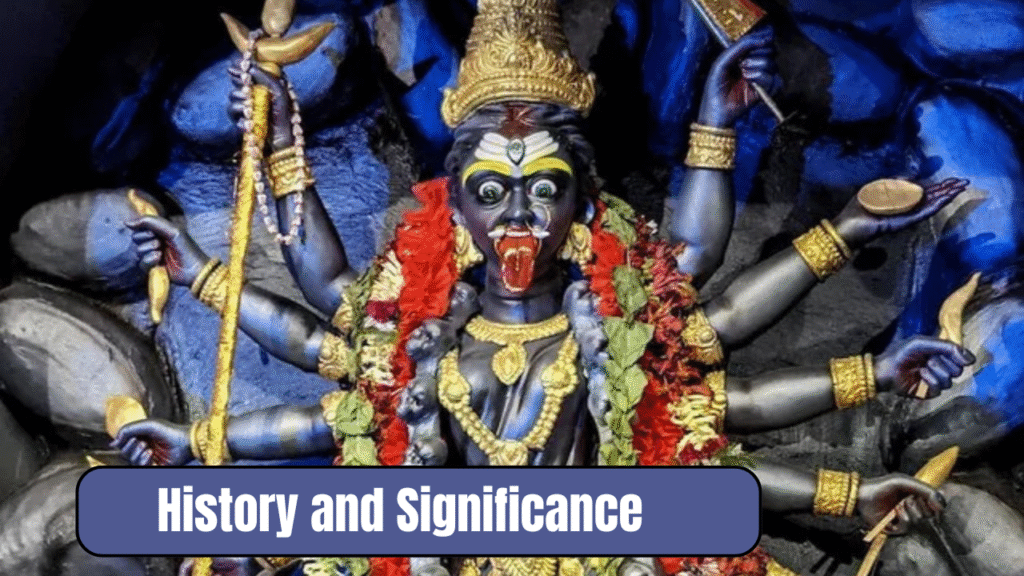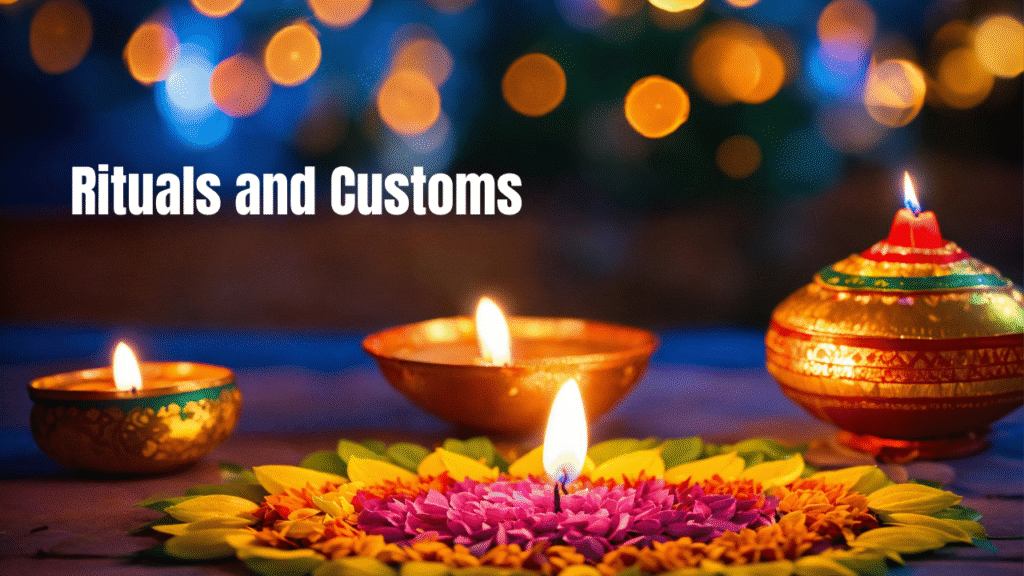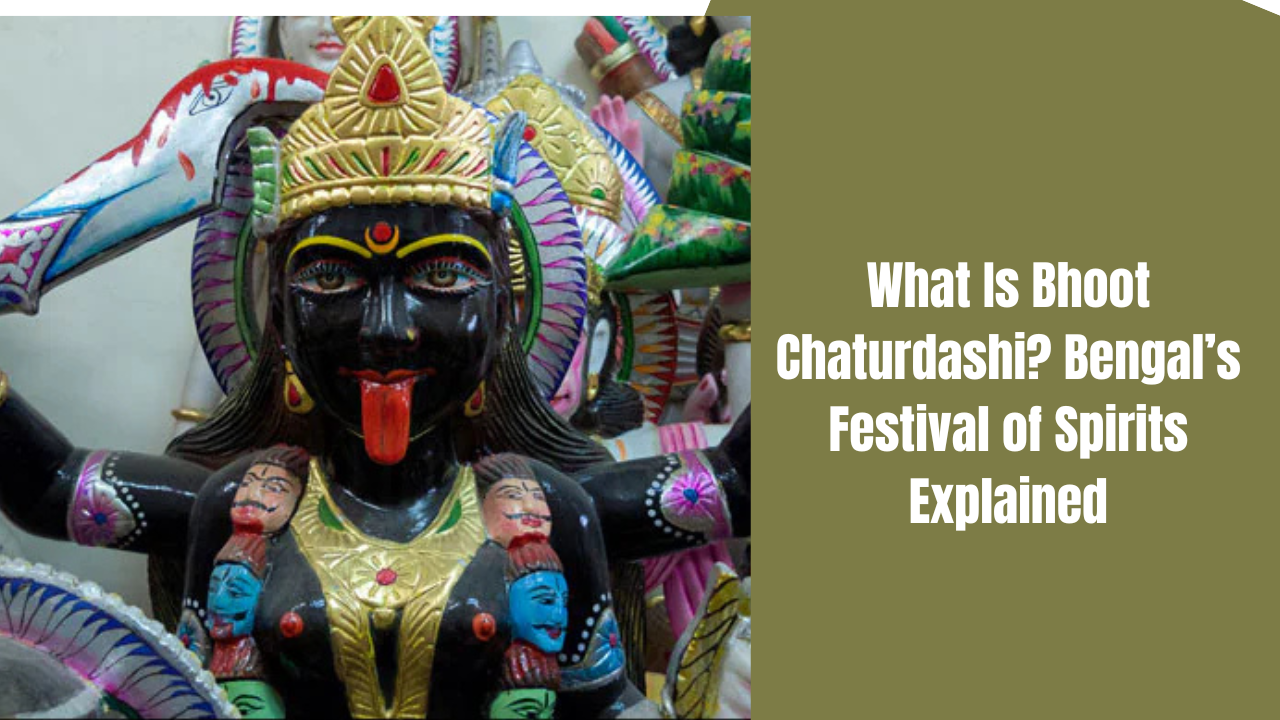Traditionally, in West Bengal, Bhoot Chaturdashi predated Dipavali, in observance of a night of safeguarding, memorializing, and spiritual cleansing.
A festival celebrated on very grand scales for families as well as businesses, Diwali celebrations last for five days starting with Dhanteras. The day before Diwali, popularly known as Narak Chaturdashi, references the day when according to the scriptures, Lord Krishna destroyed the demon Narakasura. Where the rest of India might see an arbitrary use of the word Bhoot Chaturdashi, in West Bengal, the day is remembered thus. It is on October 30 this year, one day before, and hence the event is said to be observed. Better known simply as Kali Chaudas, this day is dedicated toward the worship of the goddess Kali and has people follow specific rituals to dispel evil spirits and negative energies.
It is also Bhoot Chaturdashi as a slightly different tradition where people remember their ancestors, thus making it as close to Bihar’s “Halloween” as possible.
History and Significance

The term “Bhoot Chaturdashi” refers to spirits or ghosts, according to the land of celebration on the fourteenth day of the lunar calendar. The festival is in honor of 14 generations of ancestral spirits, for were they believed to return and bless their children on this day, those souls would be welcomed into the homes by their descendants.
The ceremony seems to link to the notion that such wandering spirits should be warded off with Whittled on during this time.
Bhoot Chaturdashi, by conception, precedes Diwali in West Bengal and has traditionally been a night earmarked for protection, remembrance, and spiritual detox. This holiday differs from Diwali mainly in that it tries to balance the honoring of ancestors with the protection of the living from the attack of negative forces.
Rituals and Customs
On every Bhoot Chaturdashi, families will light 14 diyas or earthen lamps and place them around the house in dark corners or near the doors. Each diyas would represent and light the way for one generation of ancestors into the home, casting away evil spirits.
In this way, the diyas provide an aura of warmth calmness, sheltering within the triumphant boundaries of light over darkness and tranquility over pandemonium.
Another custom specific to this day is to eat 14 types of leafy vegetables endemic to the land termed “choudoshoshaak”. It is held to be beneficial and symbolic as it is believed to rid impurities from the body.

Spiritual Implications of Bhoot Chaturdashi
This day has spiritual significance. The 14 diyas lit during this festival signify the link with the 14 generations of ancestors and an end to ignorance, fear, and evil. Each diya must act as a beacon or light for the ancestral spirits to come over, bless, and guide their descendants.
In a broader sense, Bhoot Chaturdashi brings the relationship between the living and the dead to bear upon humanity.
FAQs:
What is Bhoot Chaturdashi and why is it celebrated?
Bhoot Chaturdashi is observed in Bengal to honor ancestral spirits. It’s believed they return to visit homes the night before Kali Puja.
What are the main rituals of Bhoot Chaturdashi?
People light 14 earthen lamps, eat 14 leafy greens, and chant prayers to ward off evil spirits and welcome ancestral blessings.
When does Bhoot Chaturdashi occur?
Bhoot Chaturdashi is celebrated on the 14th day of Krishna Paksha in Kartik month, typically the night before Kali Puja and Diwali.
